What the Heck Does Emotional Connection Even Mean?
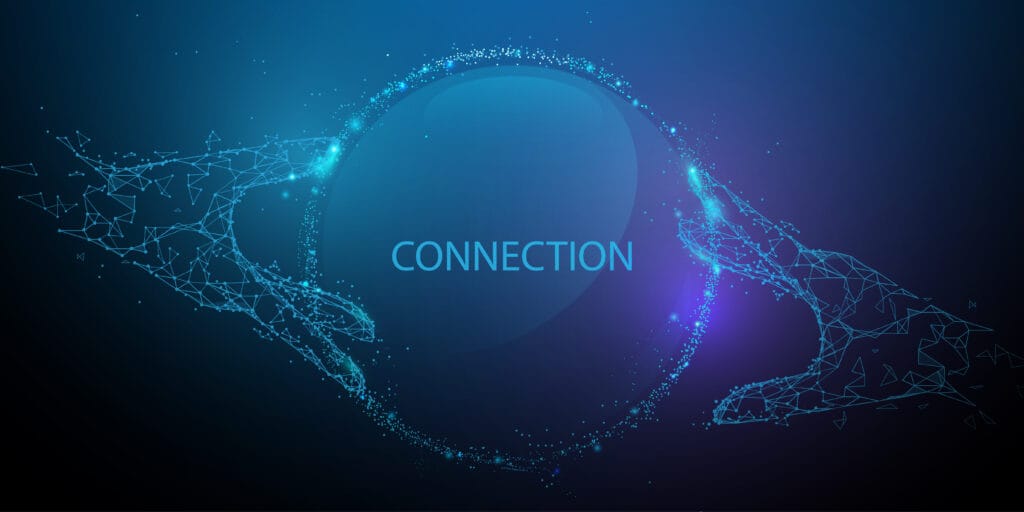
Language is powerful, it is important to get it right. I spend much time discussing the importance of Emotional Connection, particularly for men, and its impact on leadership, peak performance, and mental health. I share practices that I have found helpful in my journey, but I have not spent much time discussing what Emotional Connection […]
Shifting Views: The Unseen Power of Perspective
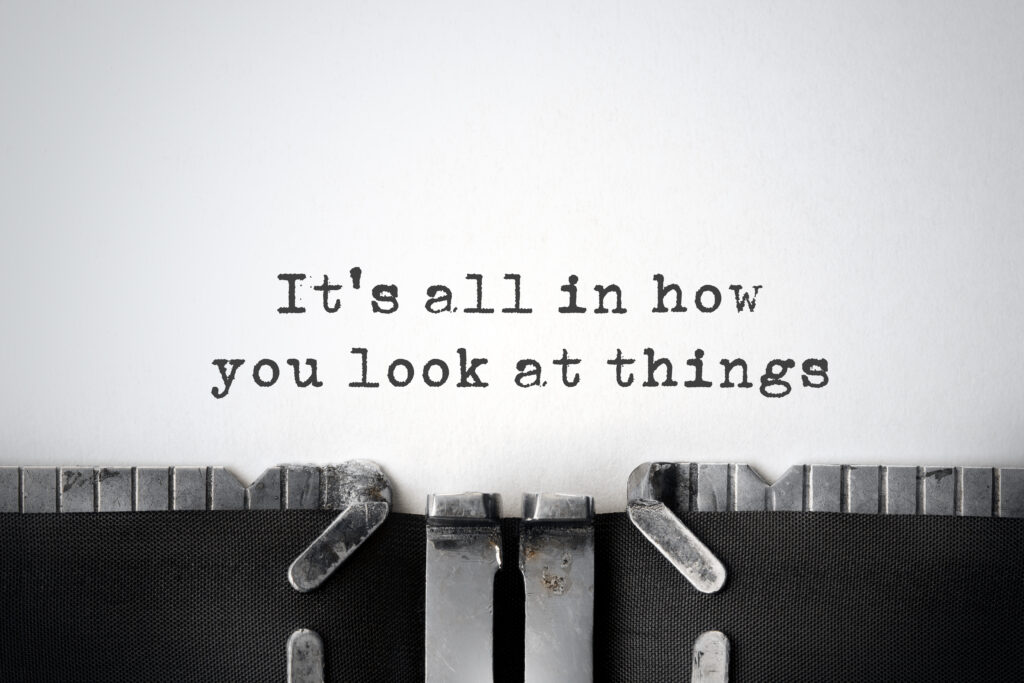
Have you ever considered how a single moment can alter your perception of the world? Last week I was speaking at a conference. During one of the breaks, I spoke with one of the other speakers. We chatted about the message I had delivered that morning on the importance of Emotional Connection, particularly for men. […]
The Importance of Emotional Granularity for Men
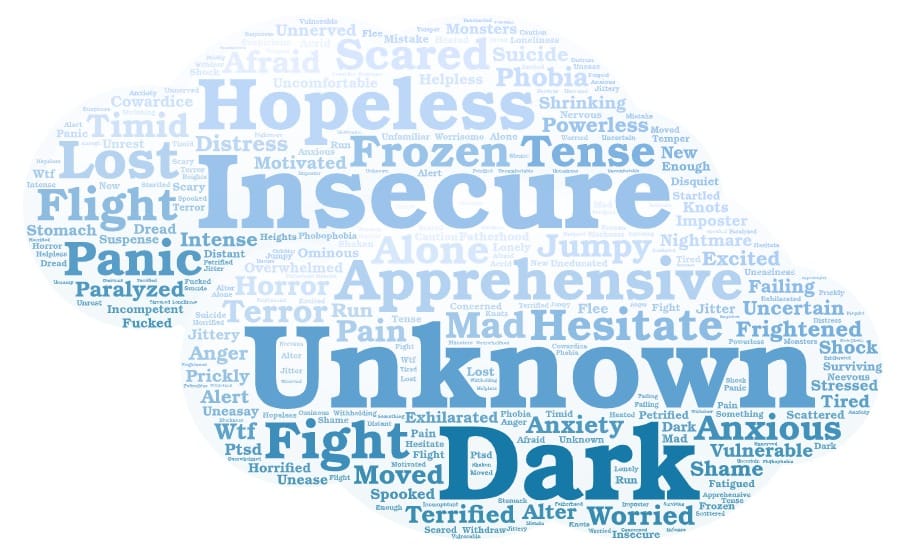
As men, we have had emotions conditioned out of us for most of our lives. The constant refrain from other men to “Suck it up” and “Be tough. Be Strong.” Any show of emotion other than anger is considered a weakness. Many men adhere to this paradigm with the refrain that they don’t want to […]
Breaking Free from Negative Self-Talk: A Guide for Men

In a society where the stereotypical portrayal of masculinity encompasses stoicism and presenting an undaunted façade, addressing the issue of negative self-talk among men is rarely discussed. The truth is that in our quest to “Measure up” to real or perceived expectations ensnares many men in a spiral of negative inner dialogue. Tackling this issue […]
How you do anything is how you do everything

“How you do anything is how you do everything.” This mantra has become front and center in my world of late. It is a reminder for me that there is no cheating the process. There is no way around “doing the work.” This is most tangible for me in my physical fitness though it is […]
What is your influence?
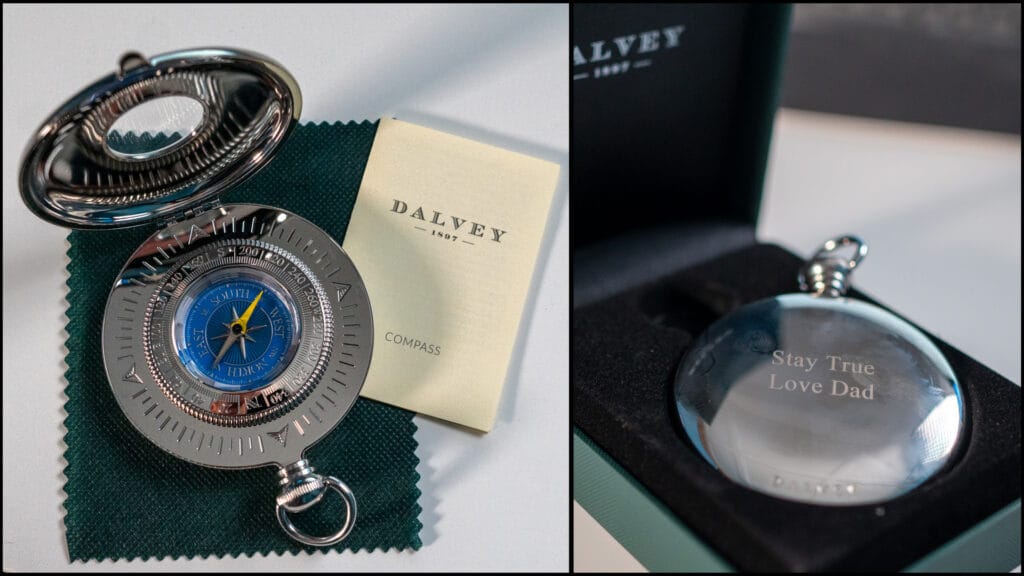
On September 1, 2022, my 21-year-old son left to go to University 5000km from home. As a father, I am incredibly proud to see him spread his wings and blaze his own trail. It is also a little sad and a lot scary for me as well. When he left, I wanted to give him […]
Are You Having a Midlife Crisis?

Is it really a midlife crisis? Many men spend most of their lives trying to live the life they believe they are supposed to live. They are supposed to be the provider, the protector, the ‘man’. Most do this at a great cost to self. They suppress their own needs, wants and desires in order […]
Men’s Mental Health: Be Somebody’s Larry

When it comes to men’s mental health we all need somewhere to unpack what is going on in our lives. The challenge often can be that finding those spaces to do that is difficult. As men, we tend to like to “fix” things. This often kills the space required for exploration of feelings and patterns […]
Learning to Embrace the Suck
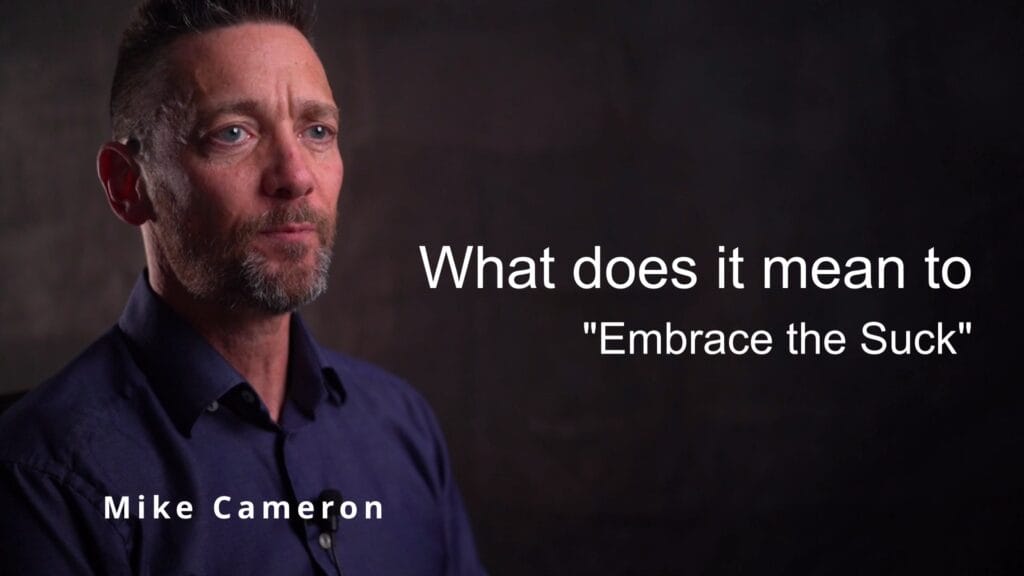
The difference between a good race and a bad race is all about how you manage the (inevitable) pain. Chris McCormack I first came across the term “Embrace the Suck” in the context of Ironman Triathlon. My daughter gave me a henna tattoo that made that proclamation across my forearm when I competed in my […]
Wakefield Brewster: Da Lyrical Pitbull
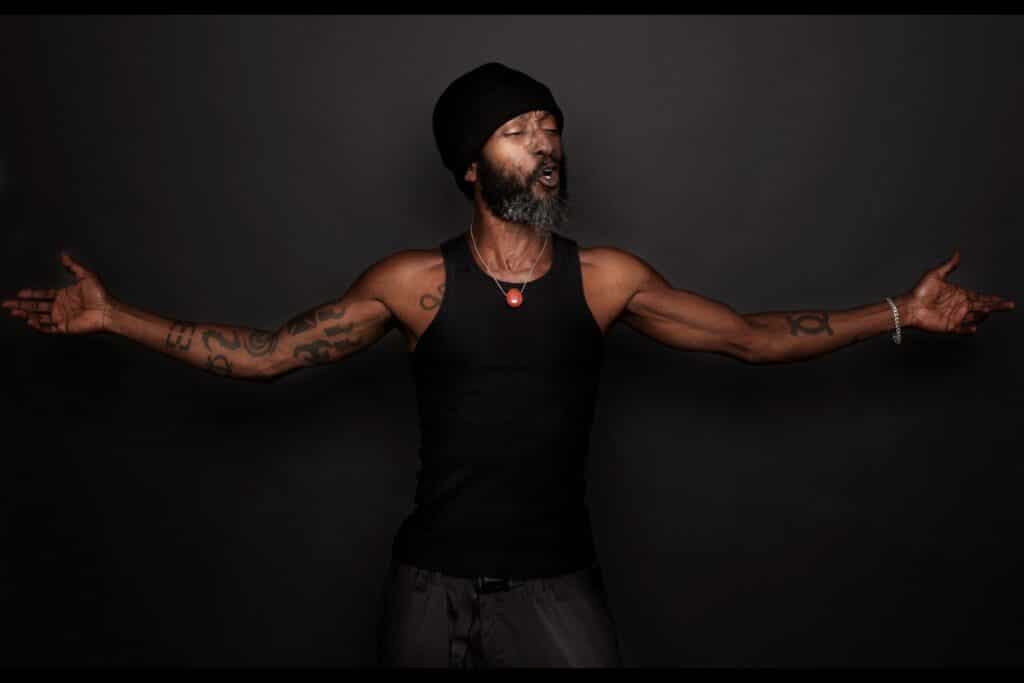
Since January 1999, Wakefield Brewster has been known as one of Canada’s most popular and prolific Performance Poets. He is a BlackMan born and raised in Toronto, by parents hailing from the island of Beautiful Barbados, and he has resided in Calgary since 2006. Wakefield Brewster has spoken across Canada, several States, and makes countless […]
Men and Grief

Grief is often something we don’t associate with Masculinity and when we do, there seems to be an expectation of stoicism, strength and frankly – fixing it, not suffering with it. Together we are going to discuss how that shows up in our lives and in the lives of those who support men who are grieving.
Four Ways To Get Unstuck: Avoiding the How-to Trap

Yesterday I was speaking to someone who is a top performer in her industry. I mean not just “successful” but the top 1% of the industry. It has been very gratifying to watch her success over the years. You see she actually started her career with me some 15 years ago. I have been incredibly […]
Is Time Confetti Ruining Your Life?

Focus seems to be an incredibly rare commodity these days. It is something I have struggled with most of my life. Do you remember the scene in the movie Up! In the scene, Dug the Dog introduces himself to the main characters and halfway through he stops, mid sentence, looks sharply to his left and […]
How to Set Boundaries

In my work I talk a lot about leading with empathy and compassion. I talk about the value of kindness, acceptance and love in leadership. These words can be mistaken for “soft” or “weak” and therefore some are hesitant to employ those qualities in a leadership role. This is only the case if we do not […]
Real Talk International Men’s Day
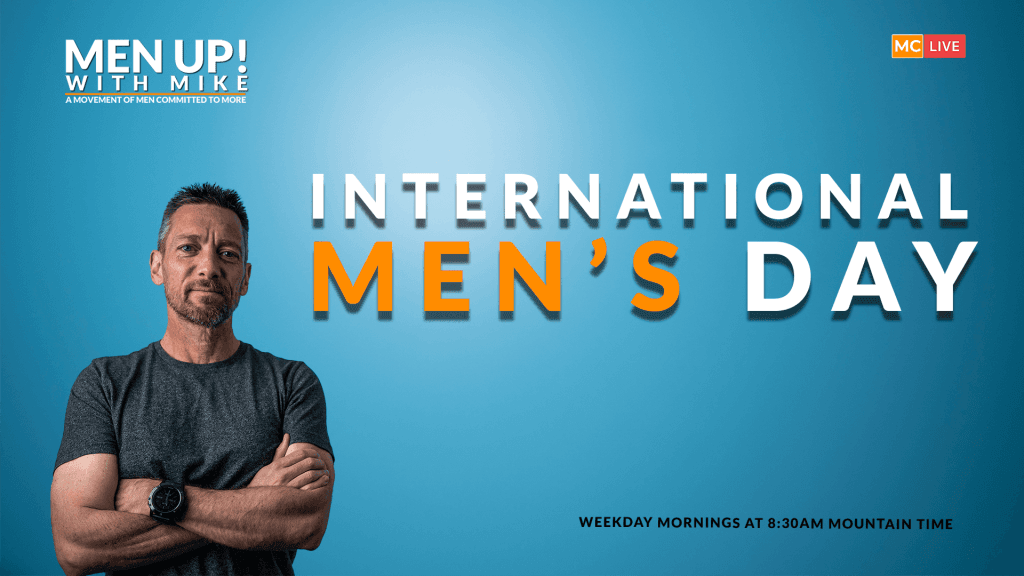
On International Men’s Day I had the privilege of sitting down with three other men to discuss the importance of Men’s mental health and some of the challenges that we face as men. Even in our patriarchal society it is important to look at the price of the patriarchy on men as well as on […]